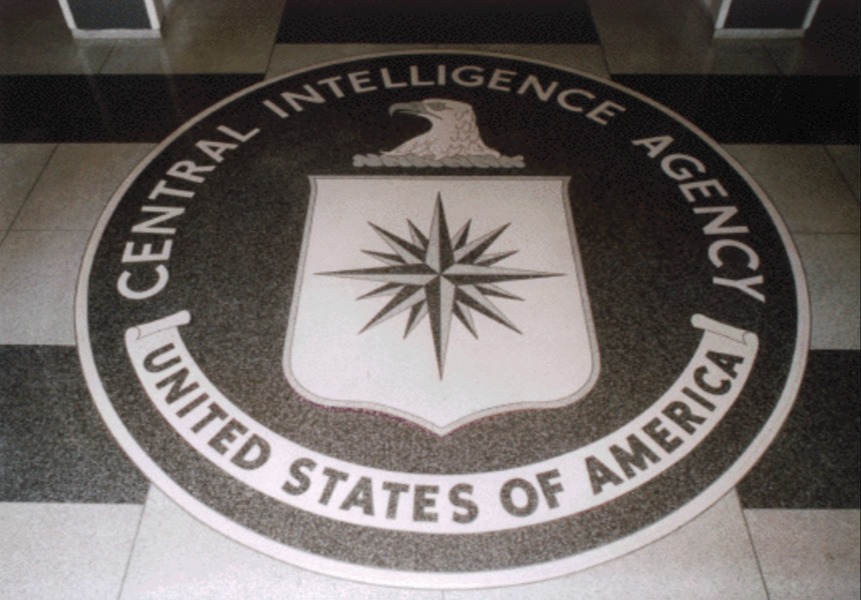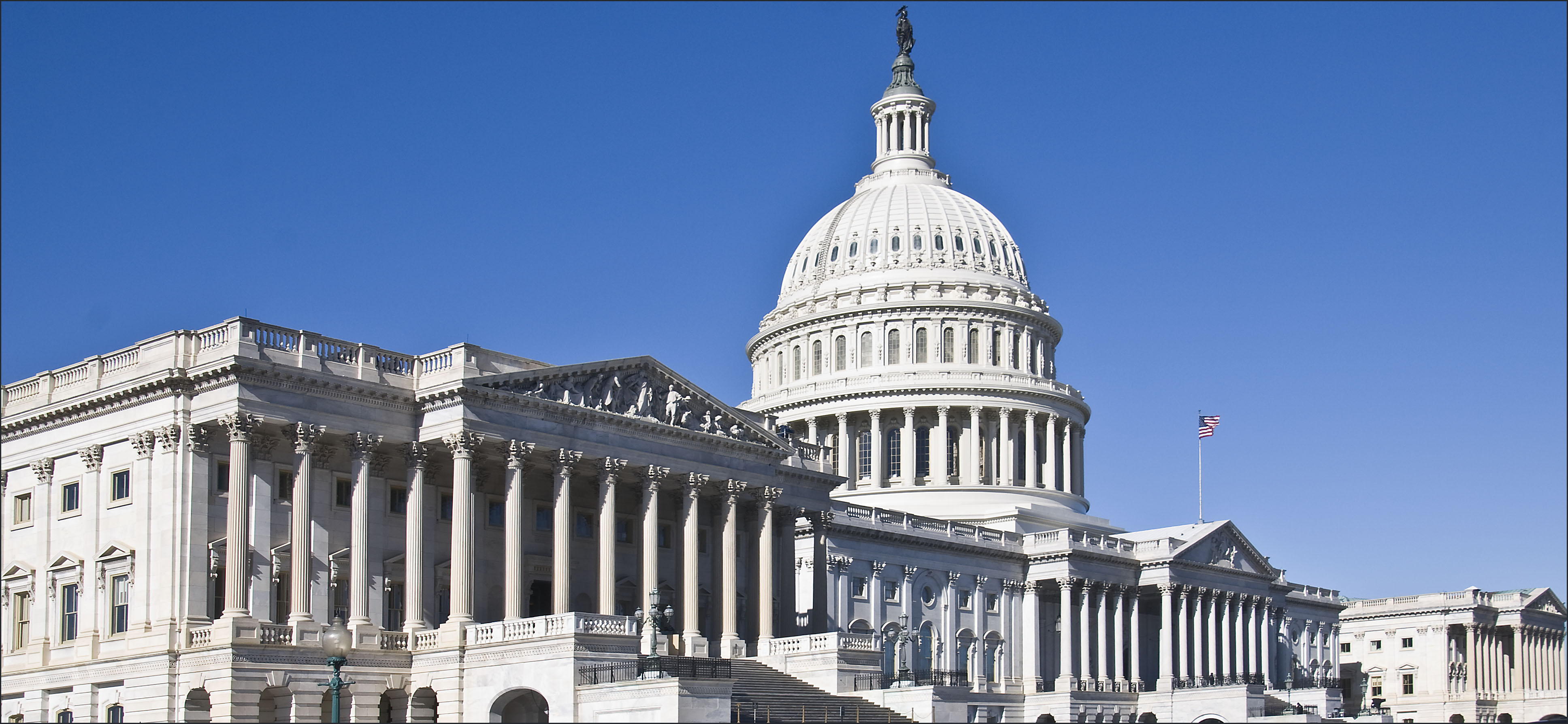Standing Confusion in Obama v. Klayman
The D.C. Circuit has spoken in Obama v. Klayman—the constitutional challenge to the just-winding-down bulk metadata program—and it has announced its refusal to speak on the subject.
Published by The Lawfare Institute
in Cooperation With

The D.C. Circuit has spoken in Obama v. Klayman—the constitutional challenge to the just-winding-down bulk metadata program—and it has announced its refusal to speak on the subject.
"Vacated and remanded" may be the three common words in the legal lexicon least understood by the press, which announced Friday that "Appeals Court Backs NSA Phone-Snooping, Overturns Klayman Victory" (Washington Times), "NSA Phone Data Collection 'Not Illegal,' US Court Rules," (BBC), "A Federal Court Upholds NSA Surveillance, Sort of" (The Atlantic), and "Court Allows NSA Sweep of Phone Records" (USA Today). Jameel Jaffer of the ACLU showed his irritation on Twitter at the mischaracterizations, and I don't blame him.
For those who want a simple, accurate summary, you can read Steve Vladeck's on Just Security. Or you can read the following:
The D.C. Circuit panel—composed of Judge Janice Rogers Brown and Senior Judges David Sentellle and Stephen Williams—agreed that the case was not moot. They also all agreed that the lower court decision by Judge Richard Leon—which had gotten a lot of acclaim when it came out but which everyone with a D.C. Circuit pulse knew was DOA—was, in fact, DOA. Two of them, Judges Brown and Williams, agreed that the case should be remanded to the district court for further proceedings, though they did not entirely agree on why. Judge Sentelle, meanwhile, argued that the case should be dismissed because the plaintiffs lack standing. That is all the D.C. Circuit did, breathless press accounts notwithstanding. While each judge wrote separately to explain his or her own views, there is no ruling on the merits.
The case is interesting, in my view, only because it shows the degree of confusion in the lower courts concerning standing in cases in which we know widespread collection is taking place, but where any individual might have difficulty showing that his or her own data is part of the sweep. It's odd that this question still causes splintering in the lower courts. It was was, after all, the issue the Supreme Court confronted directly in Clapper—a case that, not coincidentally, involved collection by the same agency. Yet here are three judges of similar ideological stripe (it's not a left-right divide, in other words) on a lower court, who all agree that they are bound by that opinion. They are faced with a pretty simple record. Yet they produce three separate opinions about what Clapper requires in litigation that same agency involving plaintiffs who are situated at least somewhat similarly to those who lost on standing grounds in Clapper.
All three judges accept that—as Judge Brown puts it—the "record, as it stands in the very early stages of this litigation, leaves some doubt about whether plaintiffs' own metadata was ever collected." For Judge Brown, however, the case is unlike Clapper, because plaintiffs can reasonably infer that their metadata were collected. While the Clapper plaintiffs knew nothing about the government's targeting practices under Section 702, she argues, here we had a FISA Court order that showed that the bulk telephony collection program collected all metadata from Verizon Business Network Services. The idea that a similar order compelled production of other companies' metadata, including those who served the plaintiffs, she argues, was "an inference derived from known facts." Hence, she concludes that the plaintiffs here have "met the bare requirements of standing." She would vacate the lower court order because she thinks the plaintiffs have failed to show a likelihood of success on the merits and would remand to give them the chance to do so—though given government secrecy, she all but says, it isn't much of a chance.
Judge Williams reads things differently but comes to more or less the same conclusion. For him, likelihood of success on the merits includes likehood of showing that plaintiffs have standing. Because they are subscribers of Verizon Wireless, not Verizon Business Network Services, they cannot do this—at least not yet. The government has argued that it never collected all records, he notes, so it's perfectly possible the plaintiffs' were not among those collected and they thus have suffered no injury. The plaintiffs are thus no different from those in Clapper. And thus they cannot show they have a likelihood of success on the merits. He too, however, would remand because "It remains possible that on remand plaintiffs will be able to collect evidence that would establish standing."
Judge Sentelle, finally, agrees with Judge Williams' standing analysis, but he thinks that analysis is the end of the conversation. "I agree with the conclusion of my colleagues that plaintiffs have not shown themselves entitled to the preliminary injunction granted by the district court. However, we should not make that our judicial pronouncement, since we do not have jurisdiction to make any determination in the cause." Judge Sentelle would remand the case for dismissal, not for further proceedings.
A few thoughts:
First, it does not speak well of the Supreme Court's institutional performance in Clapper that this question is still sufficiently open that these three judges could disagree over this point. I don't have strong views of what the answer to this standing question should be, but I do have strong views that the lower courts should have sufficient guidance that three judges can't reasonably split—with one arguing there is standing, another arguing there isn't standing, and a third arguing there isn't standing yet but the plaintiffs should get another try.
Second, the standing picture gets only weirder when you factor in the Second Circuit's approach to the question, which differed from that of all three D.C. Circuit judges. In the Second Circuit's metadata case, which famously ruled that the metadata program exceeded the authority granted NSA by Section 215, the three-judge panel ruled that there was standing to challenge the law, but not for the reason Judge Brown would find standing in the DC Circuit. The case for standing in the Second Circuit was better than in the DC Circuit as the plaintiffs were, in fact, current or former Verizon customers. Yet still, none had specific evidence, beyond the text of the orders, that their metadata had been collected. The Second Circuit ruled:
Appellants in this case have . . . established standing to sue, as the district court correctly held. Appellants here need not speculate that the government has collected, or may in the future collect, their call records. To the contrary, the government’s own orders demonstrate that appellants’ call records are indeed among those collected as part of the telephone metadata program. Nor has the government disputed that claim. It argues instead that any alleged injuries here depend on the government’s reviewing the information collected, and that appellants have not shown anything more than a “speculative prospect that their telephone numbers would ever be used as a selector to query, or be included in the results of queries of, the telephony metadata.” Appellees’ Br. 22
This isn't quite right. Yes, the government's standing argument in the Second Circuit assumed that the plaintiffs' data had been collected. But as Judge Williams points out in the DC Circuit litigation, the government's brief actually made clear that not all metadata was being collected. The government argued (p. 7 of the brief):
Various details of the program remain classified, precluding further explanation here of its scope, but the absence of those details cannot justify unsupported assumptions. For example, the record does not support the conclusion that the program collects “virtually all telephony metadata” about telephone calls made or received in the United States. . . . Nor is that conclusion correct.
The government argued its standing case in the D.C. Circuit more compellingly, and with better facts, than it did in the Second Circuit, and it was able more actively to contest the premise that the program really was comprehensive. But the result, in any event, is that, in addition to the fractures within the D.C. Circuit, a difference of approach on standing has emerged between it and the Second Circuit for people challenging 215 collection. Two judges on the D.C. Circuit, after all, say that without more, Section 215 plaintiffs cannot proceed, while the Second Circuit panel has let plaintiffs proceed. There are differences between the cases, to be sure, but I'm not sure the differences are big enough to explain the difference in outcome.
It may not matter, this time anyway, because the case will be moot in November when the USA Freedom Act goes into effect. But it will matter the next time we litigate a question in which lots of people's records get swept up but we don't know precisely whose. That's going to be an event that happens with increasing frequency over the coming years of Big Data surveillance. It's worth having a stable answer to the question of who needs to show what to get into court.
UPDATE: I have corrected this post from an earlier version, which misstated the standing discussion in the Second Circuit case.


_-_flickr_-_the_central_intelligence_agency_(2).jpeg?sfvrsn=c1fa09a8_5)


